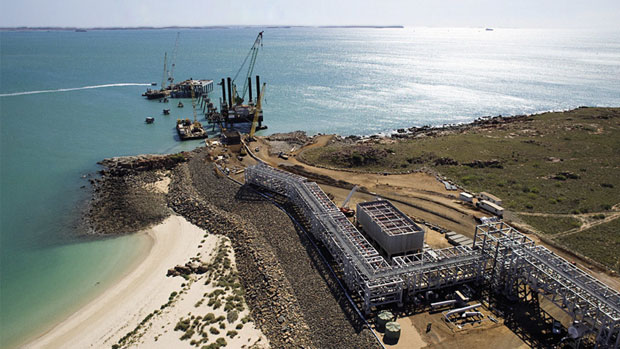Murray & Roberts has returned to profitability and is repositioning itself for growth in its selected markets.
Presenting Murray & Roberts’ financial results for the six months to 31 December 2012, chief executive Henry Laas told investors and shareholders that the Group had restored its financial stability and returned to profitability after a period of recovery and reorganisation.
“Our financial performance is in line with our expectations,” Laas says. “Our cash position remains robust and our balance sheet is gaining strength. We are pleased with the current financial position.”
This financial performance was achieved in a sustained economic downturn and is largely attributable to the completion of problematic contracts, on which losses were reported in prior financial periods. “There are no loss-making projects with the potential for this magnitude of financial impact,” Laas says.
Major claims to recover losses on these completed projects are still in a legal process for resolution – and it will strengthen Murray & Roberts’ financial position even further if they are resolved in the Group’s favour. Although good progress has been made, no claims have as yet been settled on any of these projects, as the process is challenging and protracted.
The turnaround in Murray & Roberts’ financial position signals the start of the growth strategy that will be implemented over the next two years.
The Group’s vision for 2020 is to be the leading diversified engineering and construction Group in the global underground mining market and selected emerging markets in the natural resources and infrastructure sectors. These market sectors present the best future growth potential for the Group. Opportunities in the metals and minerals as well as oil and gas sectors will be targeted in the geographic markets of Africa, Australasia and South East Asia as well as the Americas.
A strategy focused on growth
In the past decade Murray & Roberts has developed a successful track record of achieving quantum growth from acquisitions funded largely by disposals of non-core businesses. For example, the proceeds of the disposal of Unitrans in 2004 were invested in Cementation and a strategic interest in Clough, which strengthened the Group’s position in key global natural resource markets. The acquisition of Concor in 2006 expanded its domestic construction capacity.
Now the Group is pursuing a strategy of disposals and acquisitions to drive a new era of growth by focusing on its core competencies of engineering and construction, in the abovementioned target market sectors and geographies that we believe present the best sustainable growth potential to shareholders.
“...the Group will be better positioned to sustain growth in the medium to long term with the aim to enhance shareholder value.”
The Group’s current operating platforms are not optimally aligned with those market sectors and geographies identified. Accordingly, the Construction Products Africa platform has been classified as non-core and will not form part of the Group’s long term future.
Planning for the disposal and acquisition programme has occurred concurrently and the Group has identified its acquisition targets, but Laas says that the timing of the disposals and acquisitions will be carefully managed to protect the balance sheet and ensure that the Group receives fair value from the disposals and that the proceeds are productively deployed.
“This programme will, after implementation, result in a different portfolio of subsidiary companies through which the Group will be better positioned to sustain growth in the medium to long term with the aim to enhance shareholder value,” says Laas.
RESOLVING MAJOR PROJECT CLAIMS
Murray & Roberts is currently engaged in three dispute resolution processes to
finalise its claims on the Dubai International Airport, the Gorgon Pioneer Materials
Offloading Facility (GPMOF) and the Gautrain contracts.
The Dubai International Airport claim is currently in arbitration and is expected to
be concluded by December 2013.
Murray & Roberts achieved its first win in the GPMOF claim settlement process
when the arbitration on the principle of design changes was ruled in its favour last
year. However, the client to whom Murray & Roberts was sub-contracted is now
challenging the ruling on another favourable and related interim award, thereby
delaying the resolution of the value of design changes. Murray & Roberts is targeting
its 2014 financial year as the year for completing this complex legal process.
The arbitration regarding the water ingress dispute on the Rosebank to Park Stations
section of the Gautrain tunnel commenced in September 2012 and will continue in March
2013, with a ruling only expected by June 2013. The hearing date for arbitration of the
Gautrain delay and disruption claim has been set for May 2014. Murray & Roberts is
involved in preparation of witness statements and justification of the quantum of the
claim and must achieve a number of interim legal milestones leading up to the hearing
date. Final commercial settlement should be achieved by December 2015.
“The Board and management remain committed to the resolution of all contractual
disputes and the collection of proceeds from claim settlements. However, it is a very
slow and demanding process,” says Laas.


